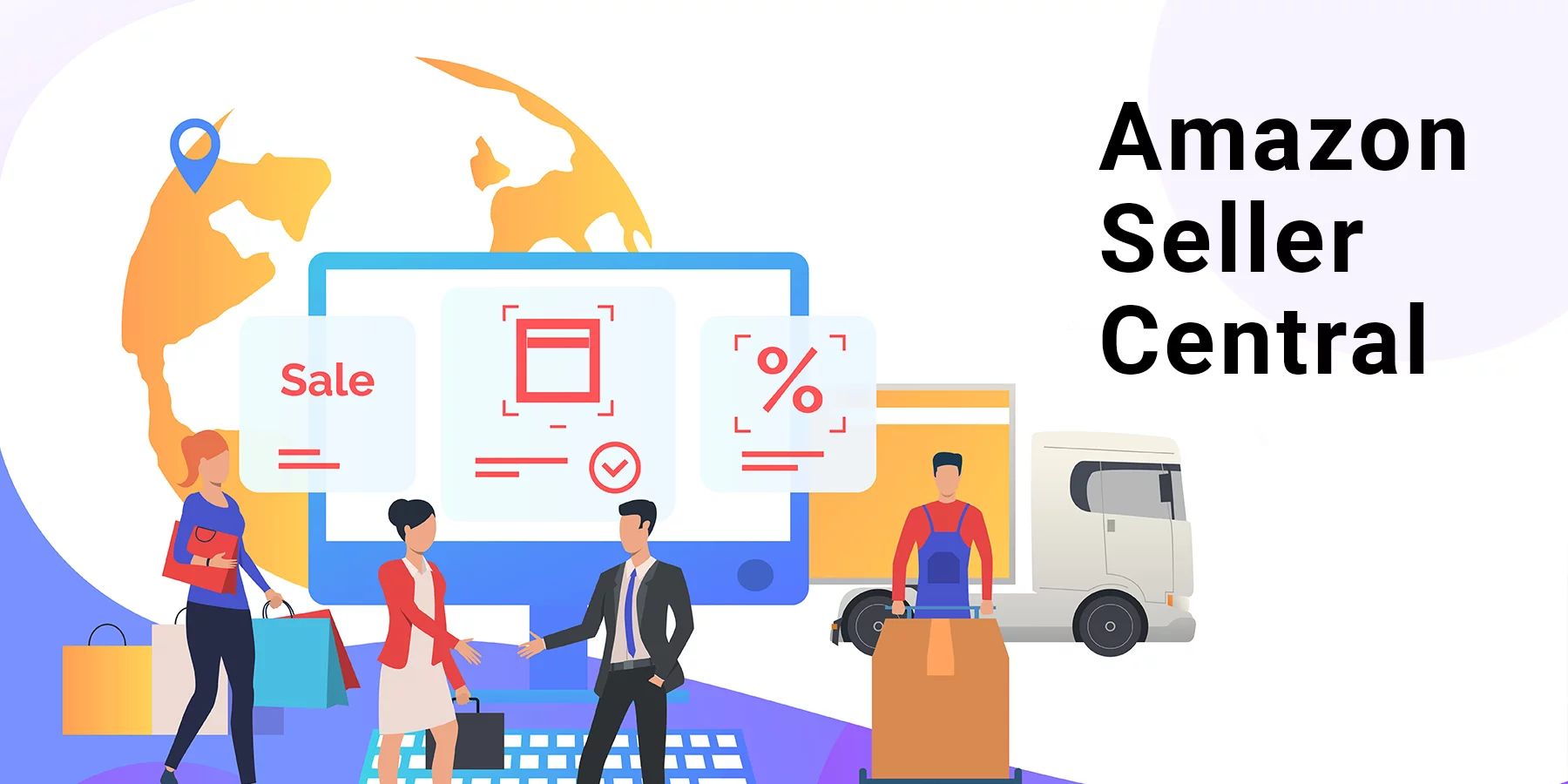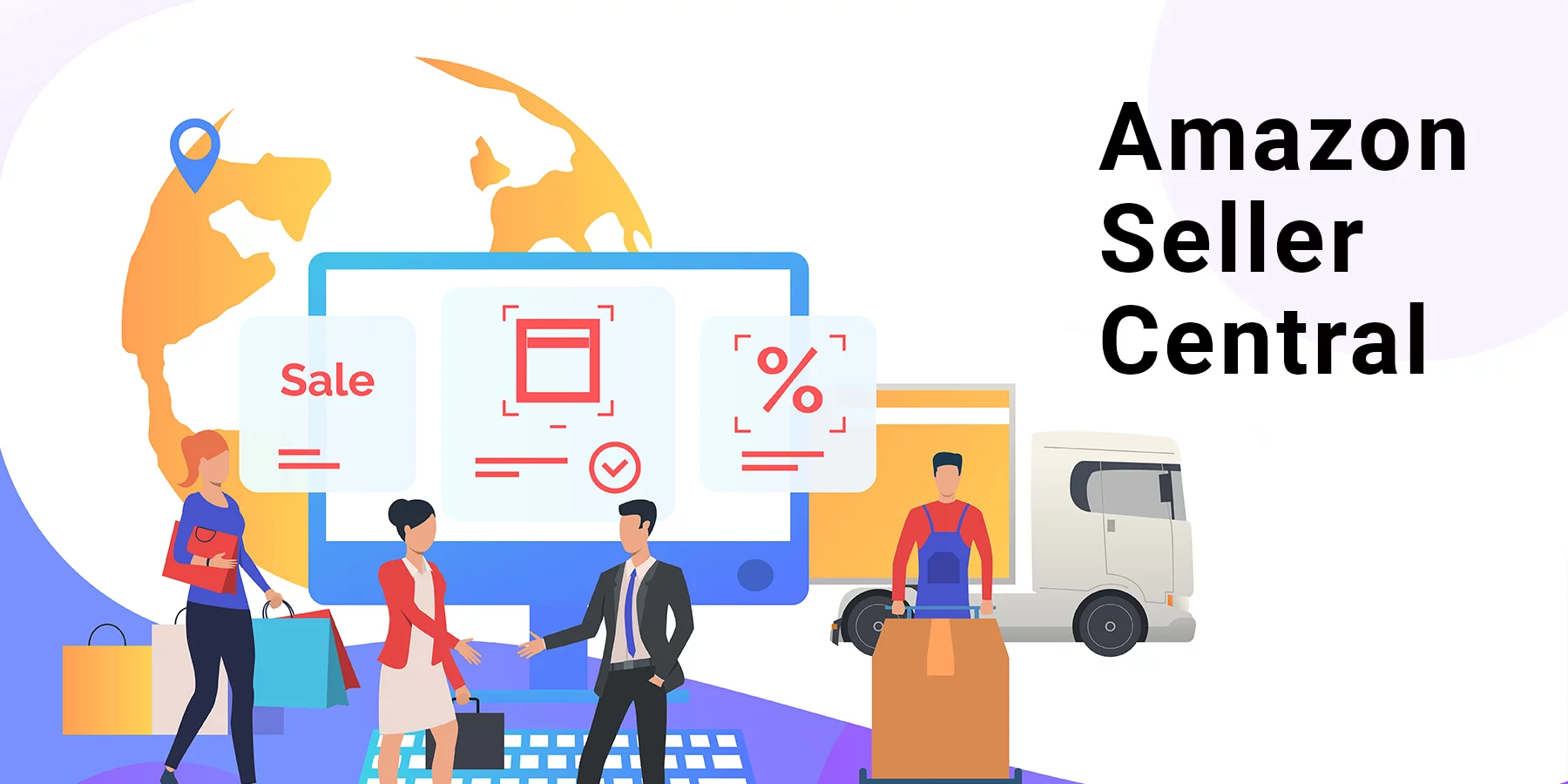Amazon can be a confusing market in which to sell products. It’s a highly competitive marketplace where multiple sellers vie for top spots on their product pages. One of the biggest options they can pull is the price of their products. This creates a constantly changing, fluid pricing landscape on Amazon.
Sellers who want to be successful in the long term need to monitor competitors’ prices and adjust when necessary to set the best price—one that can compete without sacrificing profit.
Established companies and corporate brands alike use information on competitors’ pricing to better understand current market trends, protect margins, maintain control over the featured offer (Buy Box), and keep the business profitable.

To do all this effectively, over the long term and at scale, they’re using intelligent pricing technology.
What is the reason why the price of competitors is essential for profit in e-commerce?
Price monitoring of competitors is essential for every brand or seller to sustain success in the world of e-commerce, particularly on amazon seller central uk, and this is the reason why:
The connection between price intelligence and profit
If you’d like to maximise your earnings (and anyone else isn’t?), you’ll have to be competitive on pricing and ensure you have the best margins. Competitive pricing information is crucial because it provides the initial element of the equation: what you’re doing compared to the competitors.
Additionally, it helps brands adapt more effectively to market trends, including changes in demand and supply that can increase or decrease costs.
The risk of price wars and the short-term discounts
In retail, there’s always pressure to beat rivals, especially on pricing. Yet both sellers and brands face limits on how far they can push the envelope. In the long run, price wars and short-term discounts can erode brand value, reduce margins, and lower profits. It is essential to avoid such a race to the bottom.
While the most successful sellers use pricing information to determine how to modify their product prices to remain profitable without losing substantial profit.
Pricing of rivals influences the Amazon Special Offer (Buy Box)
The most significant element is the cost. In the majority of cases, the most affordable option from an established seller with quick shipping will be the featured offer. Therefore, sellers and brands need to be aware of what their competitors are doing.
The most important pricing strategies to ensure profit on Amazon
Everything else being equal (product quality, delivery time, and seller performance), your Amazon pricing strategy will be your key to staying successful and prominent with customers on Amazon. However, there are six pricing strategies your company can use to stay relevant.
Dynamic pricing that can match fluctuations in demand
The dynamic pricing model is the standard for a variety of items sold on amazon business and is generally facilitated by automated, AI-driven repricing software that performs the heavy lifting. The tools let sellers adjust their prices in real time based on a variety of factors (such as seasonality, demand, and competitor activity).
The use of dynamic pricing may not be appropriate for all products or kinds, such as luxury products. Those that have minimum advertised price (MAP) guidelines in place shouldn’t drop below certain levels, such as. Based on the type of product you’re selling, dynamic pricing could be an effective strategy to stay competitive without damaging your margins or profits, and without a significant gain.
Preserving the premium price without losing sales
A way to avoid being caught up in a race to the bottom is not to try to beat them. Consumers are very price-conscious; however, they’re also looking for quality. If your offerings offer distinct benefits that your competitors can’t match, a premium price may be an option.
Focus on product quality and image to ensure premium quality pricing for your products. If the product you’re selling is in fact superior (or appears significantly superior) to competitors’, the price will be less critical.
Quality listings are essential here. Use A+ content wherever you can, and focus on the brand’s story rather than just the raw specifications and features. This can be a great way to justify higher prices and help you keep the premium price without losing revenue.
Amazon Strategic discounts and promotions pricing
Everyone loves discounts. However, it is essential to plan your approach when offering discounts rather than reacting. Well-timed discounts can increase revenue and profit while also protecting margins and branding.
Amazon is the perfect market for this. It offers several limited-time options. Coupons, lightning deals, and time-limited discounts can all be great for boosting sales without sparking price wars or lasting price decreases.
Amazon Price enforcement by MAP and control over resellers
A minimum advertised price (MAP) policy is an effective strategy for many companies, particularly those that sell luxury items. As the name implies, these rules set limits on how low third-party sellers’ advertised prices can be.
The MAP policy can prevent or stop unauthorized price reductions, thereby protecting profits and brand value. However, enforcing MAP guidelines is primarily the responsibility of brands. Monitoring third-party sellers and illegal resellers is vital to pursue those who aren’t adhering to the guidelines.
Benchmarking the price of rivals and market position
Brands may also use competitor price monitoring to benchmark their prices, helping them determine their competitive cost position. When they understand their competitors’ prices, businesses can evaluate prices more precisely and maximize profits while staying competitive.

